Food is more than fuel, and artists are drawing our attention to not just what we eat, but how we eat and who is growing our grub with the help of curated festivals
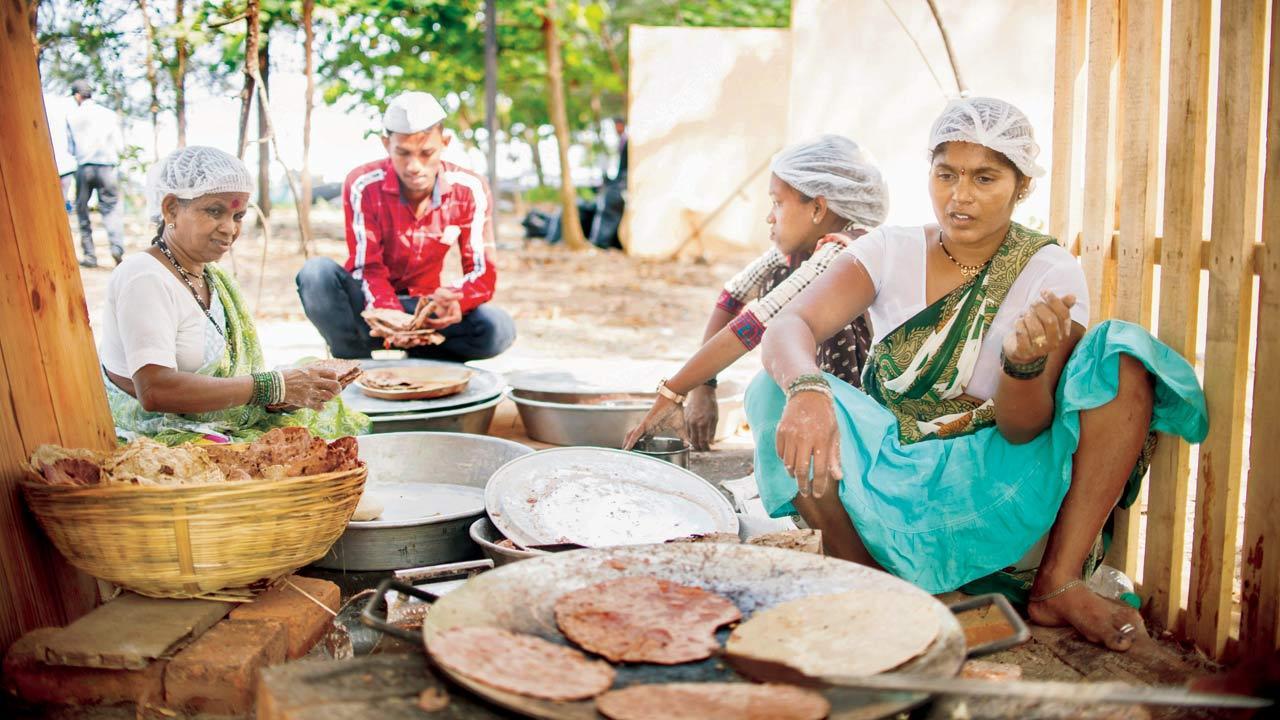
Tribals of Sahyadri valley cook a traditional meal at Serendipity Arts Festival in 2019
When you sit to eat a meal—be it in the comfort of your home, at a fancy fine-dine or a chaat thela on the street—taste is all that matters.
ADVERTISEMENT
But does it? A recent online discussion titled, Festivals beyond the plate: Conversation on food in the arts by Mumbai British Council and Arts and Culture Resources India in collaboration with Serendipity Arts Festival, is goading us to look beyond tastebuds. The approach is to see how food can be used in the art space to communicate a vision.
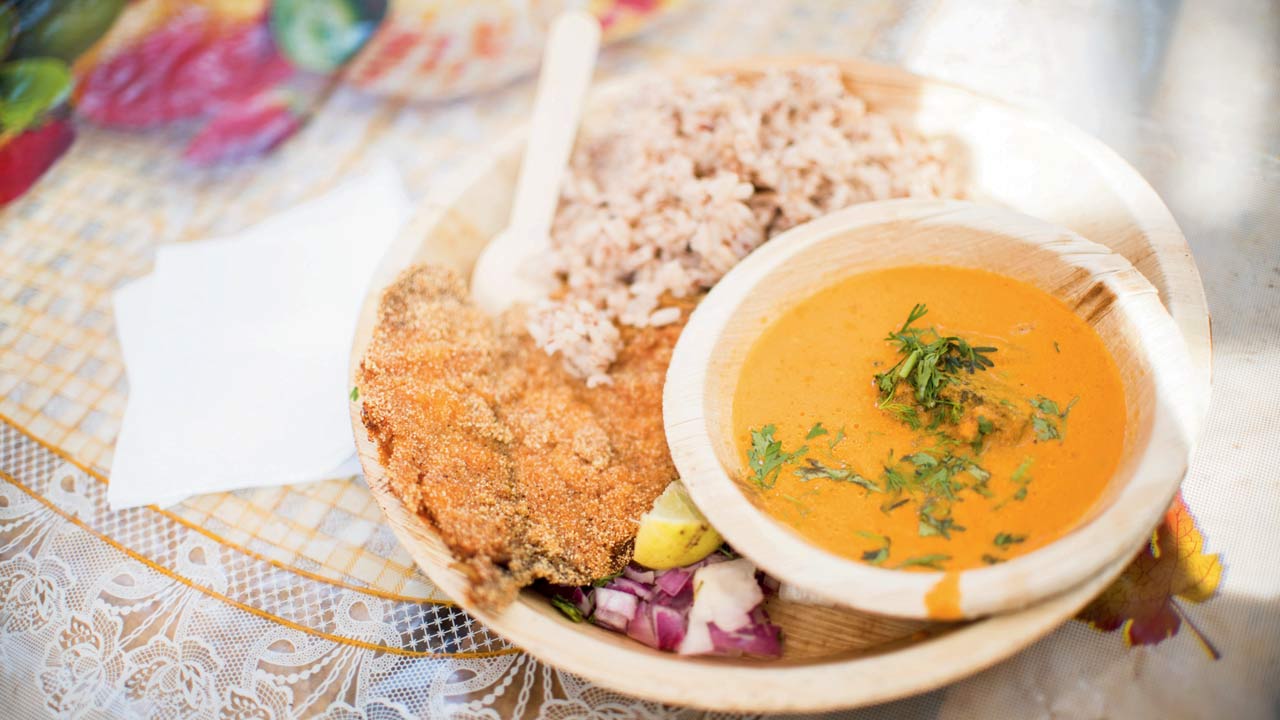 A traditional coastal meal comprising rice, fish and spiced coconut curry
A traditional coastal meal comprising rice, fish and spiced coconut curry
Panel moderator Elizabeth Yorke, co-founder of Edible Issues, a group that promotes dialogue about India’s food system, says the objective of the panel was to view food’s power in a completely different light. “Food in the festival space has largely been transactional. You cook, buy, taste and maybe learn about a new food culture. But there is so much more [to food]. There is an array of forces that affect how we eat—agriculture, human labour, environmental sustainability, politics, trade, ethics, policy, culture, business and one element of food [taste or in thought] can be an excellent vehicle for having these discussions,” says Yorke.
Aruna Ganesh Ram is an immersive theatre creator who runs Visual Respiration. Her work revolves around engaging the audience’s senses. Shedding light on two of her works, Stand On The Street and Memory Recipe at the panel, she says, “Immersive theatre is about looking at art as a sensory experience that engages all the senses—touch, taste, sight, smell and sound—of an audience. The same logic applied to food,” she says, adding that it is also a communal experience. “[It’s about] the hand that prepares, hand that serves, and hand that eats. Food narrative also revolves around nostalgia and memory. Eating itself is a performance—sharing, sitting across a table, and making eye contact. One way to approach food is to see how it is made and the ingredients that go into it. The other is to look at the stories of the people who make this food. This has been my engagement approach,” Ram explains.
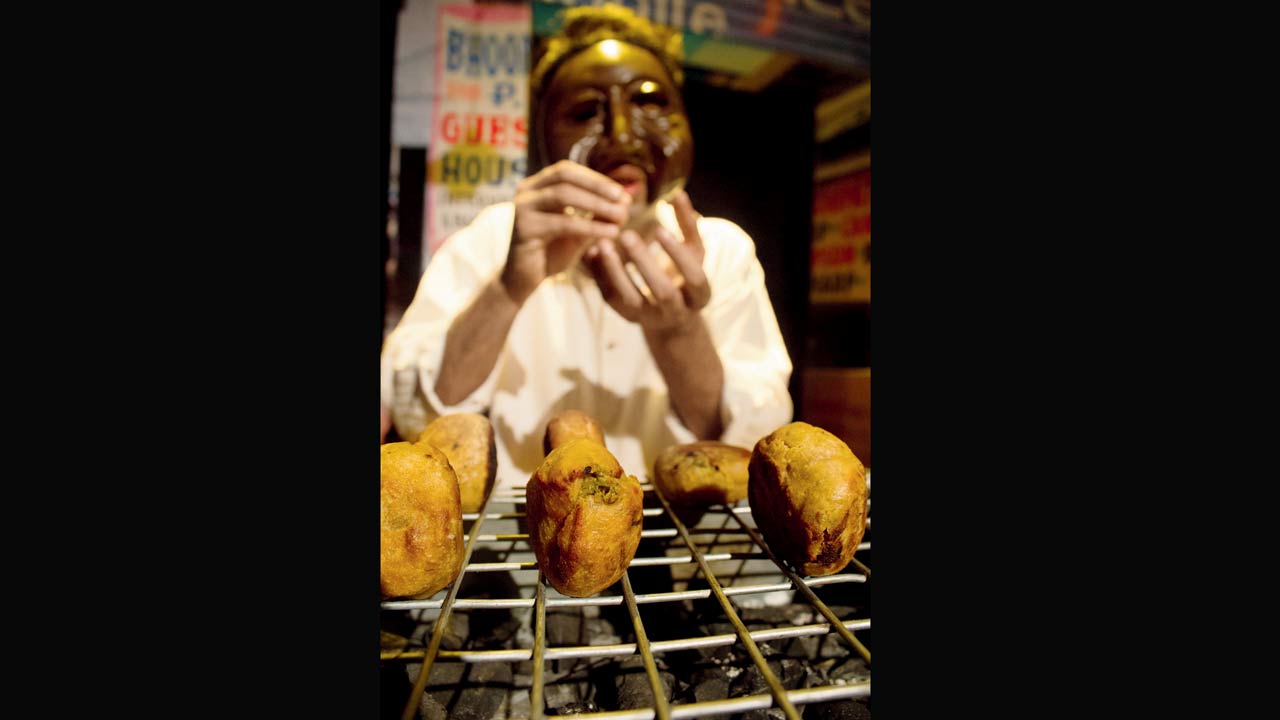 Stand On The Street, a theatre performance, by Aruna Ganesh Ram. The artists wore commedia dell’arte masks to tell the story
Stand On The Street, a theatre performance, by Aruna Ganesh Ram. The artists wore commedia dell’arte masks to tell the story
For her work Stand On The Street, which was commissioned by chef Manu Chandra for Serendipity Arts Festival in 2019, looked at street food of India and what goes into making it. “For example, if there is a litti chokha maker in Bihar, what is the struggle of the vendor, what is the politics he is exposed to? In Kolkata, how does a vendor prepare the jhalmuri or the chickpea snack sundal in Chennai?” Ram creates the set to support the narrative using signages in various languages and sounds of the streets. Actors don commedia dell’arte masks to serve the food, tell the stories and perform the act. The idea is make the audience take a pause and reflect on the story, rather than treat a plate of food as a transaction.
One of the panellists is creative producer and entrepreneur, Virkein Dhar. In 2019, Dhar, founder of a genre-agnostic creative studio Poppy Seed Lab, produced an immersive performance titled Table Radica, a biographical narrative of Habib Tanvir (a stalwart of Modern Indian Theatre) with an audience of 30 people seated across a long table. “As you listened to his [Habib] story, parts of his life came alive with archival photographs and documents being passed around the table, original music from his plays forming the background, and a seven-course tasting menu. The food was inspired by moments of his life that were either documented or creatively interpreted, and was utilised as a tool to immerse the audience into the story,” says Dhar.
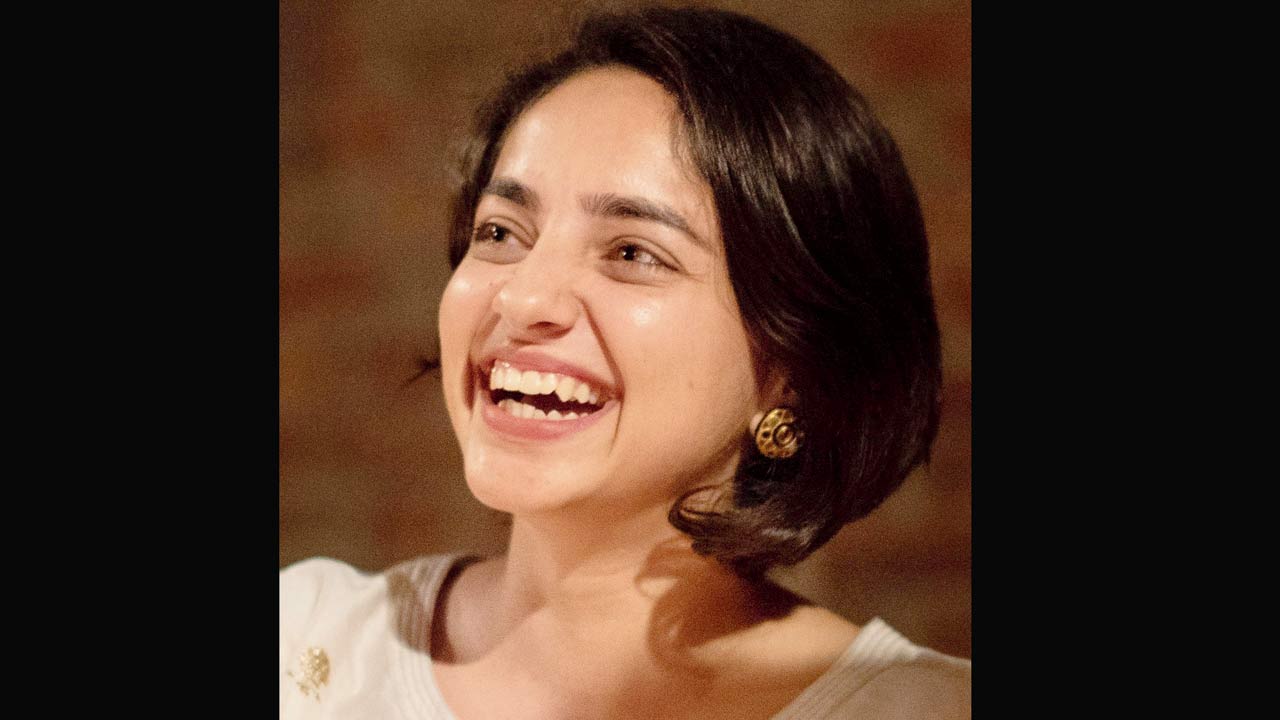 In 2019, Virkein Dhar, founder of a genre-agnostic creative studio Poppy Seed Lab, produced an immersive performance titled Table Radica, a biographical narrative of Habib Tanvir, a stalwart of Modern Indian Theatre, with an audience of 30 people seated across a long table
In 2019, Virkein Dhar, founder of a genre-agnostic creative studio Poppy Seed Lab, produced an immersive performance titled Table Radica, a biographical narrative of Habib Tanvir, a stalwart of Modern Indian Theatre, with an audience of 30 people seated across a long table
With the lockdown, the delight of sharing an intimate table with strangers was no longer as welcoming, and audiences could not come to a performance such as this. “When I started thinking about how we could be in people’s homes instead, we began thinking about a format of a show in a box. While experimenting with this idea, I realised that food in itself was a strong tool that allowed me to tell the stories I wanted to tell—of food, places, people and cultures that define India. And if I could get an audience to engage with food in a way that was beyond consumption, but also the process of making, the impact of the stories would be similar to the intention of the performance format.”
She launched Sundooq in February this year, which offers ready-to-cook recipe mixes inspired by regional Indian cuisines. The mixes are pre-proportioned in packs that include everything except the fresh produce and oil, which allow you to recreate otherwise complex dishes that take experience and expertise to make. “For me, Sundooq is a platform to share stories and food of the many different worlds that make up what we call India,” says Dhar.
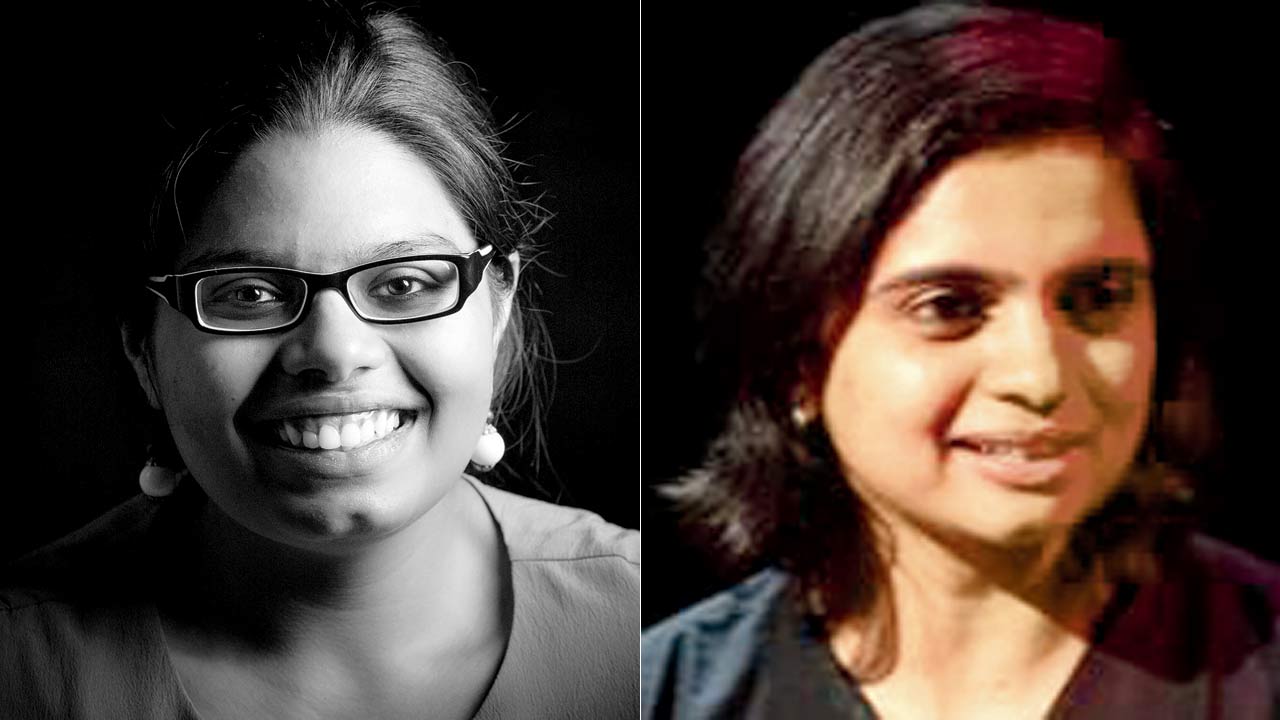 Elizabeth Yorke and Aruna Ganesh Ram
Elizabeth Yorke and Aruna Ganesh Ram
The Sundooq recipes are not the popular ones you see often on supermarket shelves or restaurants. These are unique to communities and are often considered family heirlooms. Each mix is accompanied by a recipe card which apart from simple instructions, also takes the maker on a journey of where it comes from and its significance. “We want to push the boundaries of cultural stereotypes by bringing the food of communities often hidden from each other to experience flavours outside their own. What happens when a dish like the Dohneiiong, a black sesame curry with pork, ubiquitous to the Khasi tribe in Meghalaya, is made with potatoes by a young boy in Mumbai? In the experience of making and eating, can we build a certain curiosity and tolerance for the other?”
Dhar believes that regional food holds the key to building sustainable food futures in India, and hopes to be the bridge between culture and business, rooted in our inherent diversity and that upholds the values of camaraderie and care.
The question, then, is how do we make these experiences more accessible? Prahlad Sukhtankar, managing partner at Goa-based restaurant Black Sheep Bistro, says festivals and art festivals are not necessarily “massy”. He has always believed that the restaurant or hotel has the responsibility of owning the tale. “We have access to a larger number of people. We like to present the story of food as a craft, not as an art form, where you practise your profession on a regular basis. Then, at some time, it transforms into art. We want to tell the story of how the craft came to be.
The strategy has been to start the dialogue and then let the chips fall where they may,” says Sukhtankar.
The team at the restaurant has done it by concentrating on components and creating a story in a very minimal way. “If we know there is an ingredient that is highly sustainable and cultivated properly, we silently introduce it on the menu without much fanfare. Usually, a restaurant would ask the farmer to grow more of it, and the entire process falls flat on its face and becomes unsustainable. This puts strain on the environment to grow that ingredient. We take a different approach. For example, we follow the seasonal cycle for our seafood. In November, we highlight seasonal fish Mahi Mahi on our menu, then once its season ends, we move to rainbow runner, which is similar to Hawaiian salmon. We also offer sustainable beach shark. We don’t do crabs in off season either,” explains Sukhtankar.
Last year, they collaborated with OOO Farms who connected them to the tribal belt of Sahyadri valley. “They assisted us in connecting with the tribal community. We worked with local ingredients, such as ancient grains and other relics. They also duplicated all of their cultural delicacies, exactly as the tribe would prepare them on a tuna can, not on gas. As a result, a discussion about where the ingredients come from, how they are lost to future generations, and other issues of equity arose,” says Sukhtankar.
The interest in knowing where our food comes propelled Yorke to create a conversation around it. “We’ve seen a lot of focus on who feeds us, and how to prevent food waste. So, in this way, we’re hoping that this conversation will serve as an intriguing stepping stone to see what might come next when we move food out of the digital realm and place it in various festival locations.”
 Subscribe today by clicking the link and stay updated with the latest news!" Click here!
Subscribe today by clicking the link and stay updated with the latest news!" Click here!







